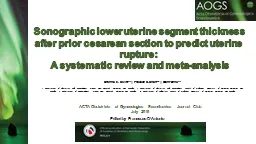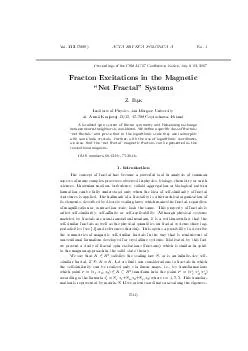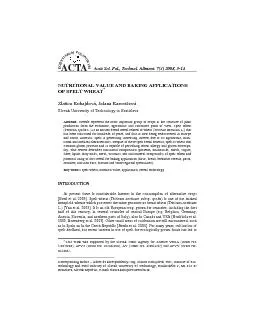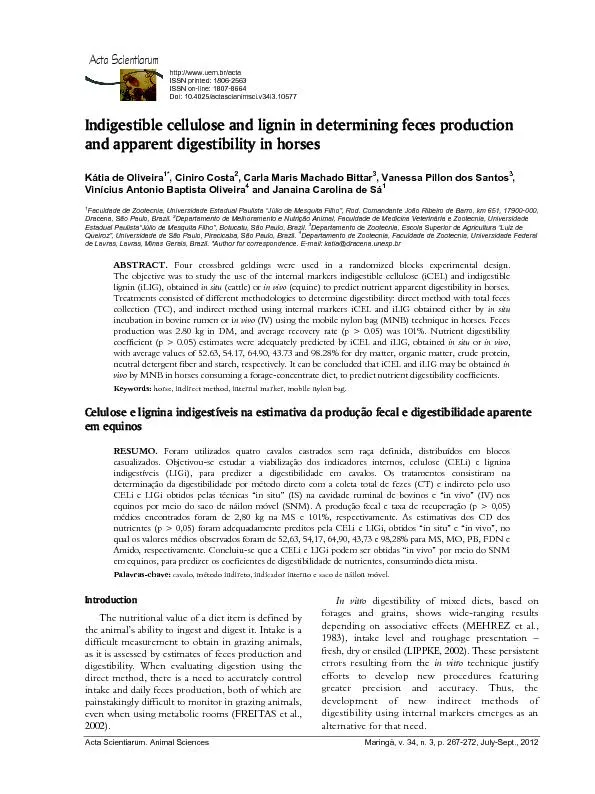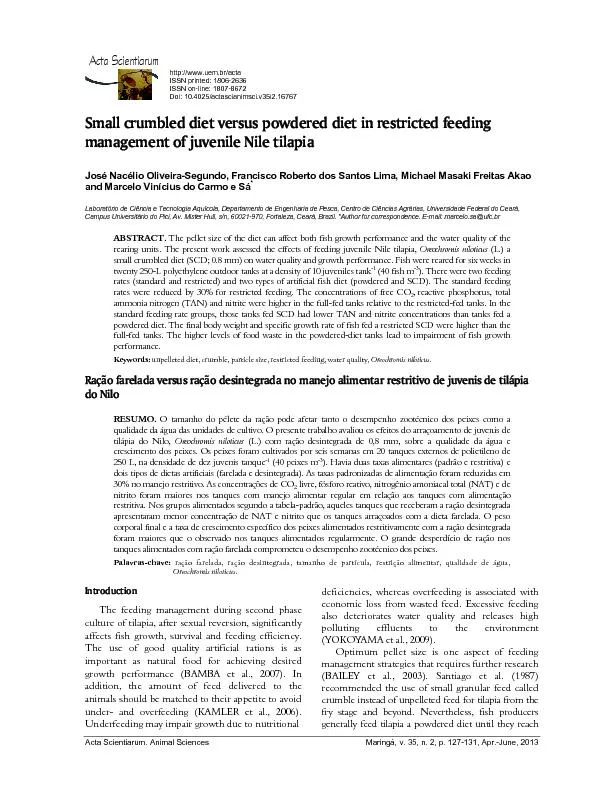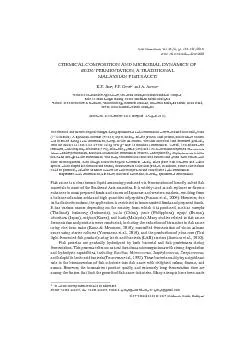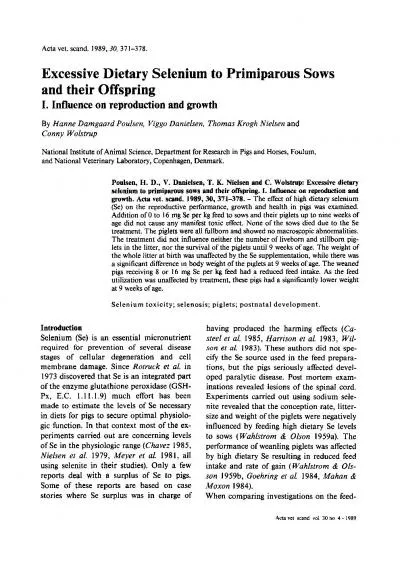PPT-ACTA Obstetricia et Gynecologica
Author : 2coolprecise | Published Date : 2020-06-17
Scandinavica Journal Club July 2019 Sonographic lower uterine segment thickness after prior cesarean section to predict uterine rupture A systematic review and
Presentation Embed Code
Download Presentation
Download Presentation The PPT/PDF document "ACTA Obstetricia et Gynecologica" is the property of its rightful owner. Permission is granted to download and print the materials on this website for personal, non-commercial use only, and to display it on your personal computer provided you do not modify the materials and that you retain all copyright notices contained in the materials. By downloading content from our website, you accept the terms of this agreement.
ACTA Obstetricia et Gynecologica: Transcript
Download Rules Of Document
"ACTA Obstetricia et Gynecologica"The content belongs to its owner. You may download and print it for personal use, without modification, and keep all copyright notices. By downloading, you agree to these terms.
Related Documents

